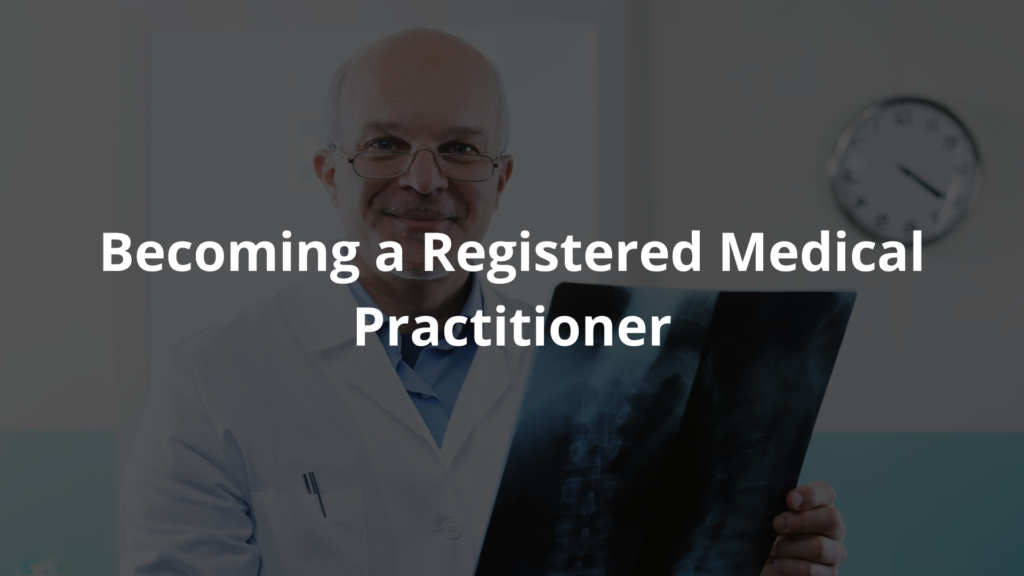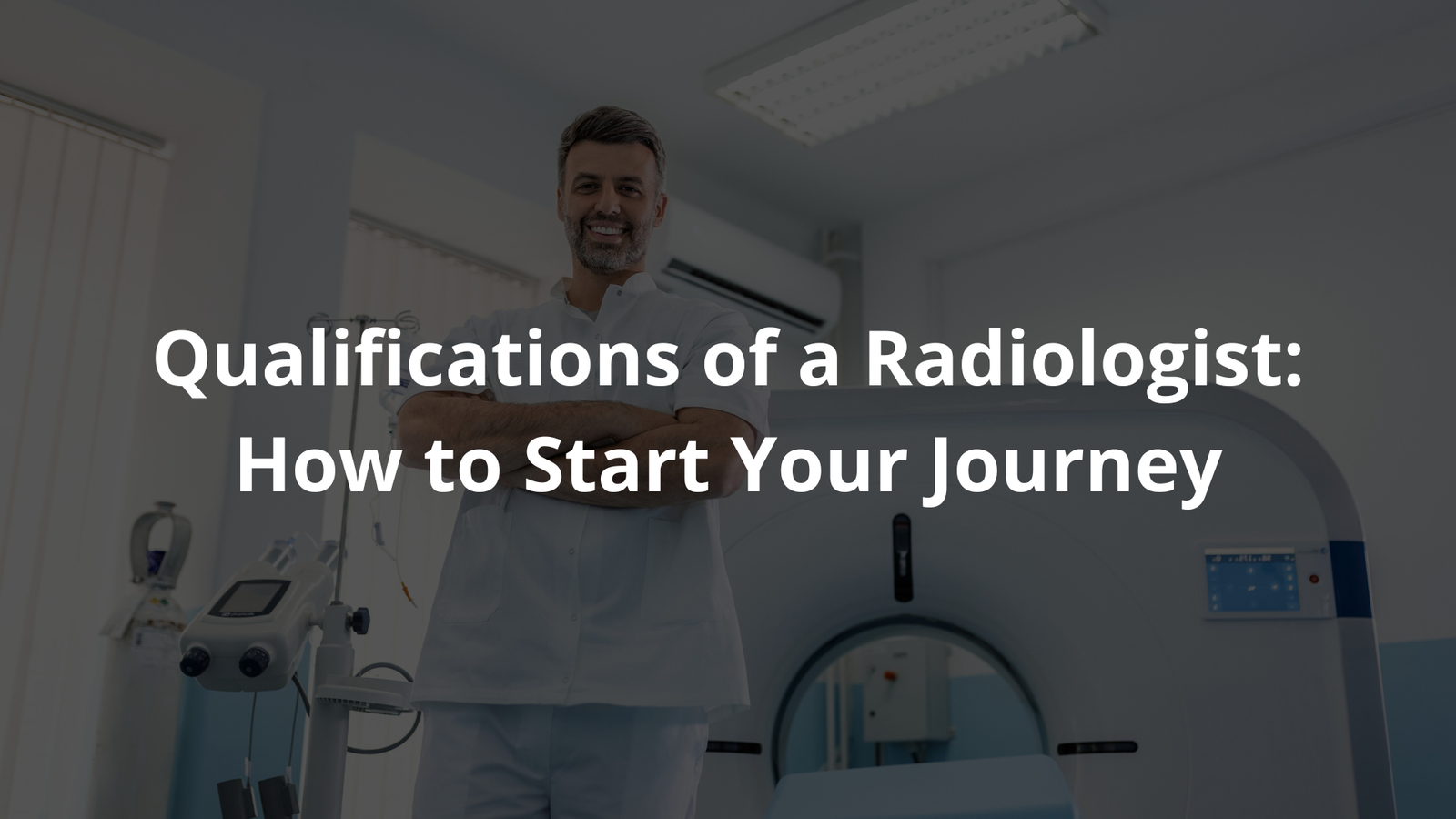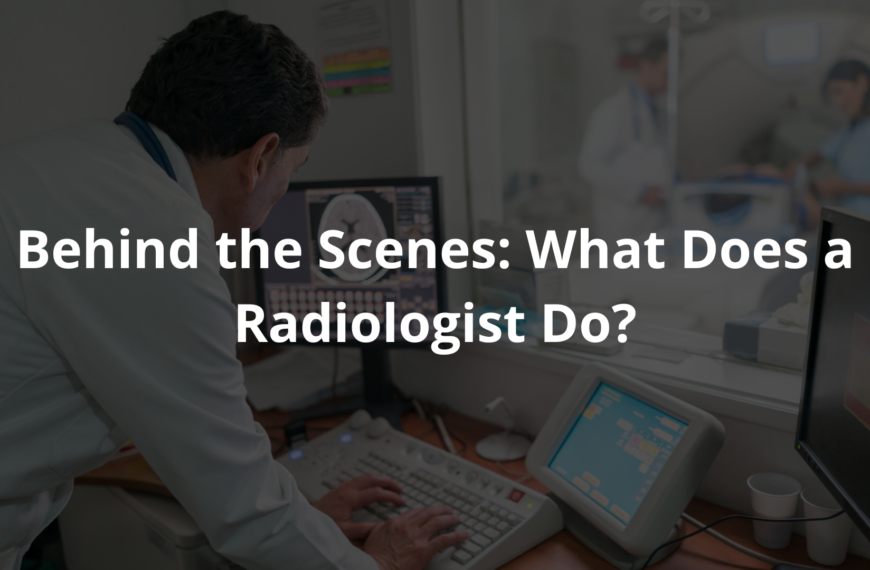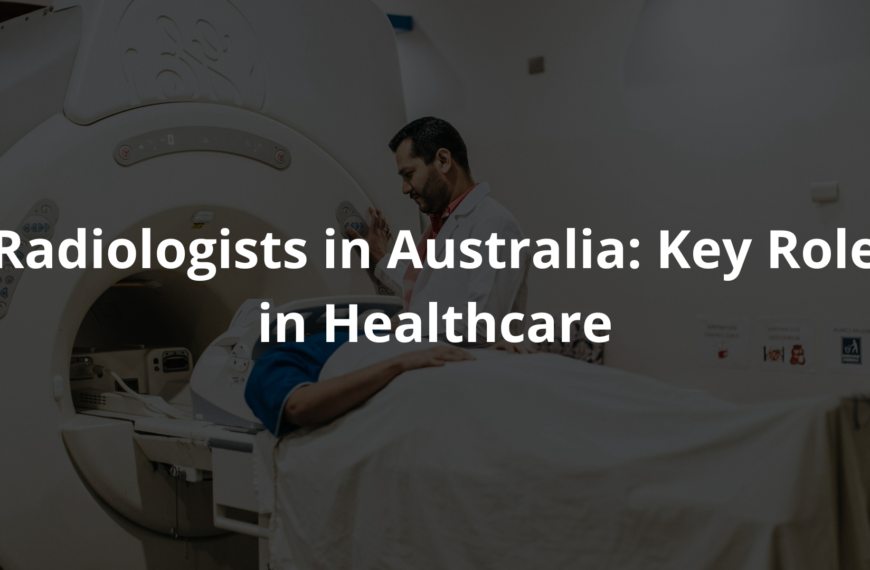Explore the qualifications of a radiologist and get career advice to achieve your medical dreams in Australia.
Becoming a radiologist in Australia is no small feat—it’s a long road of study, training, and dedication. Picture this: a person sitting in a dimly lit room, carefully examining medical images to help diagnose what’s happening inside someone’s body.
It’s not just about science; it’s about helping people when they’re most vulnerable. A friend once described it as solving puzzles that could save lives. Sure, it’s challenging, but for those who love both technology and medicine, it’s worth every step.
Curious about what it takes to get there? Keep reading to learn more about the path to becoming a radiologist.
Key Takeaways
- To become a radiologist, you need a Bachelor of Medical Studies and a Doctor of Medicine.
- Radiologists undergo five years of special training after medical school.
- Radiologists must keep learning to stay updated with new technology and methods.
Starting the Path to Becoming a Radiologist
Finishing high school is the first step for anyone wanting to become a radiologist. It’s where students build strong skills in subjects like science and maths.
Good grades in English and biology are especially helpful. Because they make understanding medical studies easier later on. Many universities, including the University of Sydney, look for high selection ranks—often around 96 or higher—for admission.
After high school, the next step is earning a Bachelor of Medical Studies or a similar degree. This usually takes about three years. This degree helps prepare students for medical school. After that, they need to get into a Doctor of Medicine (MD) program, which takes another three years.
So, it’s about six years of study to complete a medical degree. It might seem like a long time, but for those who care deeply about helping others through medicine, it’s worth every effort.
Becoming a Registered Medical Practitioner

After finishing the MD, the next step is registering with the Medical Board of Australia. To do this, future doctors need at least two years of supervised practice in a hospital. This is often done during an internship, where new doctors work under the guidance of experienced professionals.
During these two years, they learn how to diagnose and treat patients. They might work in public hospitals or private radiology clinics, which gives them a chance to see different medical environments. This hands-on training is key to understanding the day-to-day work of a doctor and the responsibilities of patient care.
Specialized Training with RANZCR
After two years of supervised practice, people training to be radiologists apply for a five-year specialist program with the Royal Australian and New Zealand College of Radiologists (RANZCR). It’s not an easy road, but there’s a lot to learn and plenty of chances to grow along the way.
The first three years are all about general diagnostic imaging. This means learning to read and understand medical images like X-rays, CT scans, and MRIs. Trainees move between different imaging centres (hospitals, clinics, etc.), which gives them hands-on practice and helps them feel more confident with each case.
In the last two years, they pick an area to specialise in. It could be something like nuclear medicine or interventional radiology. Kind of like picking your favourite subject in school, but way more intense. This lets them focus on what they’re most interested in and get really good at it. [1]
At the end of the program, there are tough exams to pass. If they get through, they become a Fellow of RANZCR. That’s the official stamp saying they’re fully qualified and can work on their own as radiologists.
Skills You’ll Need
Becoming a radiologist isn’t just about studying—it’s about developing key skills too.
- Attention to detail: Radiologists need sharp eyes and focus. Even the smallest mistake when examining medical images could lead to a wrong diagnosis.
- Analytical thinking: Reading complex images isn’t just about seeing what’s there; it’s about understanding what it means for the patient’s health.
- Communication skills: Radiologists work closely with other healthcare professionals, so they need to explain their findings clearly. Sometimes, they’ll also speak directly with patients. This requires empathy and kindness, especially since patients might feel nervous or scared.
These skills, combined with the knowledge gained during training, help radiologists provide the best care for their patients.
Continuous Learning
Radiologists never really stop learning. The field of medical imaging keeps evolving, with new technologies and techniques coming out all the time. To stay up to date, radiologists often attend workshops, seminars, and conferences.
Keeping up with these advancements isn’t just about staying current—it’s about giving patients the best care possible. When radiologists learn more, they can make better decisions, support their healthcare teams, and improve outcomes for the people they treat. Ongoing education is just part of what makes a great radiologist.
Options for International Medical Graduates
For international medical graduates (IMGs) who trained outside of Australia, there are pathways to becoming a radiologist here. One of these is the Area of Need (AON) pathway. This program allows IMGs to work in areas where there’s a shortage of doctors. It’s a way to bring skilled professionals into communities that really need them.
Another option is the Specialist Recognition pathway. [2] This pathway helps IMGs with overseas qualifications get recognised as specialists in Australia. It involves assessments to make sure their training matches Australian standards. Both pathways give talented doctors from around the world a chance to work and make a difference in Australia.
FAQ
What educational path should I take to study radiology at medical schools in Australia?
You’ll need to complete an undergraduate degree or bachelor of medical imaging, followed by a graduate medical degree. Most medical schools require you to meet assumed knowledge requirements and pass an admissions test. For international students, there’s also a bachelor of applied science pathway leading to a master of diagnostic radiology.
What does clinical training involve for radiologists in Western Australia and South Australia?
Your training includes clinical placements in public hospital settings where you’ll work with imaging equipment and medical imaging techniques. Healthcare professionals will supervise your clinical experience in diagnostic radiography, nuclear medicine, and radiation therapy. The royal australian and zealand college of radiologists ranzcr oversees training standards.
What job opportunities exist for radiologists across the Gold Coast and North Coast?
The job growth is strong with plenty of jobs on seek across allied health sectors. You’ll find wide range opportunities in both public and private imaging services. Health australia data shows promising career in radiology prospects, especially in radiology department roles across different regions.
What regulations do medical practitioners need to follow in health australia?
All radiologists must register with the medical radiation practice board and the australian health practitioner regulation agency. The radiation practice board of australia ensures health practitioner regulation standards are met. Medical radiation professionals need ongoing biomedical science education to maintain registration.
How do healthcare professionals specialise in different imaging services?
Medical doctors in clinical radiology work with a range of imaging technologies. You’ll need skills and experience in diagnostic radiography and medical radiation before specialising. Many health professionals start with clinical experience in general imaging services before focusing on specific imaging technology areas.
What entry requirements do international students need to meet for graduate medical school?
Graduate entry programs require a strong selection rank and english language proficiency. Your undergraduate degree in biomedical science or medical imaging can lead to postgraduate degree opportunities. Clinical placements and medical experience are key parts of the training at graduate medical school.
Conclusion
Becoming a radiologist in Australia takes grit. It’s a long road—years of study, medical school, and specialized training—but it’s worth it if you’re passionate about patient care and technology. Start early: focus on subjects like biology, chemistry, and physics.
There’s demand for radiologists, so job prospects look good. It’s not easy, but if you’re up for the challenge, it’s a career that’s both rewarding and impactful. Stick with it, and you might just get there.
References
- https://globalhealtheducation.com/au/resources/how-to-become-a-radiologist
- https://caferoentgen.com/2020/04/21/radiology-in-australia-how-to-apply-and-what-to-expect/




